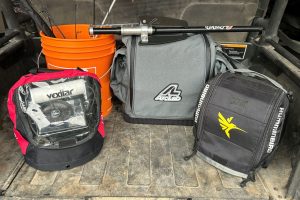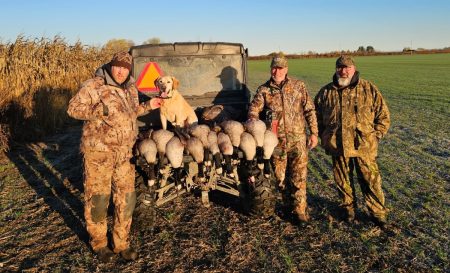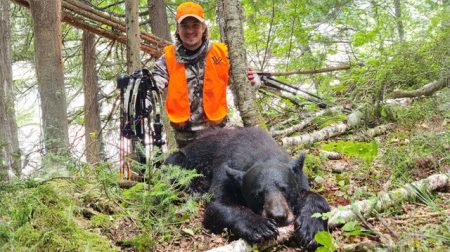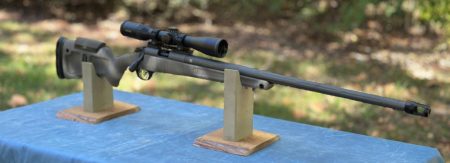Learning to use a mouth call can be challenging especially when starting out. I remember as a young turkey hunter I would spend hours trying to master moving the air over the reeds of the call to produce that perfect sound. Every few tries I would get what sounded like a turkey yelp to come out, but there was no consistency in my calling. To say I was getting frustrated is an understatement. But like with anything you’re trying to learn, practice makes perfect. With a lot of determination and some time I got my calling down and was sounding like a turkey consistently in no time. Not competition type calling but enough to fool an old tom in search of a hen.
When talking about turkey mouth calls there are several different types of reed cuts that are designed to produce the several different sounds of a turkey from kee kee runs to soft yelps and even gobbles. Depending on the reed cut the call may have a raspier sound or the ability to be louder. There are several benefits to using a mouth call when turkey hunting, The main two benefits are the ability to make several different sounds with one call and the ability to be hands free while hunting. This is very beneficial when you are calling a tom into your location, it allows you to be ready to take the shot with little to no movement. Let’s dive into what a mouth call is made of, some of the different cuts of mouth calls available, how easy they are to learn, then the sounds they are capable of.
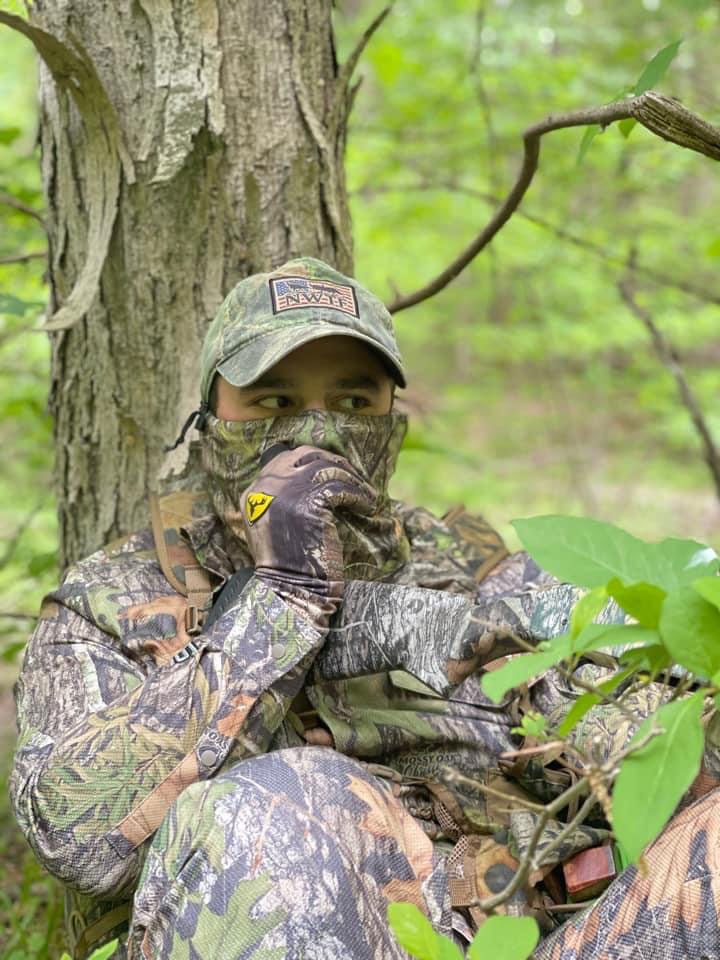
The parts of a mouth call
Knowing how a turkey call is made can help you get an idea of how better to use one. A turkey mouth call can also be referred to as a diaphragm call. Keep this in mind when shopping for mouth calls to keep from getting confused. They are made up of 3 main parts the frame, which is made out of some type of metal mainly aluminum or plastic, the reeds which are mainly made out of latex, and tape which holds them together. Most mouth calls are handmade and can contain anywhere from 1 to 4 reeds. The fewer number of reeds in the call the easier they are to use; this makes them perfect for beginners. The reeds can have several different types of cuts which are notches that have been cut out of the latex. I am going to cover some of the main cuts on the market today, as well as include some videos on how to use a diaphragm call. But before that I want to go over some basic care and maintenance for your calls. Most calls come in some sort of plastic case to store them in, this helps to keep them protected when not in use. I recommend using these cases or some sort of case to store your calls so they are safe from damage. Another important thing to keep in mind when storing you calls is to keep them out of direct sunlight, the heat can cause them to start to breakdown. Lastly when talking about care and maintenance it’s important to remember to separate your reeds after using your call. This allows them to dry out the latex to keep them preforming as they are intended when you take them out for use.

Credit GSM Outdoors
Learning a mouth call
The key to learning a mouth call is to start slow and practice, practice, practice. At first when learning a mouth call the idea is to get it to produce some sort of a sound, not necessarily a cluck or a yelp. Using a mouth call will take some time and experimenting. You have to have the mouth call in the right position against the roof of your mouth before you will ever mimic the sound of a wild turkey, with that in mind move the call around in your mouth till you find the sweet spot. If the mouth call feels too big for your mouth remember it is ok to trim down the tape for a better fit or bend the frame. Comfort is important especially if you are going to have it in for any amount of time.
If you have never used a mouth call before here is a basic rundown of how to use one. First you want to place it in your mouth with the reeds facing out and the shortest reed on the bottom. You want to place it about halfway back in your mouth from your teeth but that’s just a general landmark to aim for. Comfort is always more important, and everyone’s mouth is a little different. You want to then create a seal with your tongue by pressing the call against the roof of your mouth. You then want to slowly start to move air over the call. This will allow the reeds to vibrate creating sounds. That is the basics of getting started. Keep in mind you want to try draw air from deep in your chest as opposed to blowing thru your mouth. You want to blow the air more like you would when fogging up a scope lens to wipe off instead of blowing air to warm your hands on a cold day.
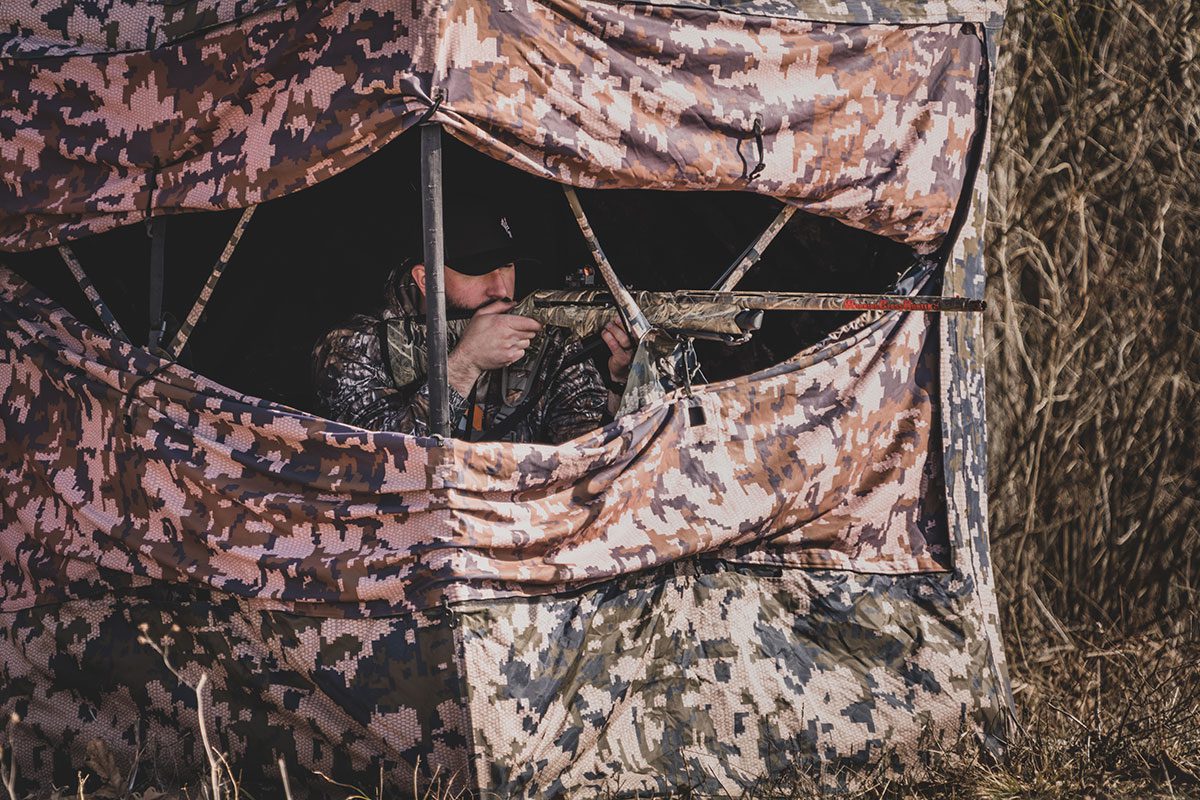
Credit – Working Class Hunter
How to make turkey sounds
Once you start to get sound coming from your call it is time to start fine tuning your skills. Once you get your call in the right spot and get sound to come from it the hard part is done. Let’s start with a cluck. I think this is one of the easiest calls to learn. A cluck is a sharp sudden forceful sound from deep withing the chest. With that in mind that’s how you want to move your air over the call, while blowing air say the word puck. The p sound is important because that is what gives it the cluck sound when moving across the reeds.
Next up is the yelp. This is another easy call to learn and one of the most used calls in the turkey woods. To make a yelp you simply say the word yelp while lightly blowing air across your call. Once you have those two sounds down let’s move on to a purr. To create a purr which is a soft non threating sound. You simply want to move air over the call while fluttering your tongue. Keep in mind this is probably the quietest of all the calls you will make. From the purr let’s go to what is one of the loudest calls you make the cutt. The cutt is a cluck on steroids and usually strung together with multiple cuts, which is known as cutting. This aggressive loud call is made just like the cluck but say the word peck instead of puck. Lastly is the kee-kee run. This is a higher pitched call that requires moderate air flow. To produce this sound when blowing say the words kee-kee and string them together.
When practicing these calls remember you can adjust the air pressure and length to produce louder and longer calls. I like to go to YouTube and listen to live birds then practice till I mimic the sound that I hear. Listing to a live bird along with practice is all it takes to get decent with a mouth call. Now let’s go over some of the reed cuts and the sounds you can make.
Credit Esh Custom Calls
The Ghost Cut
When it comes to learning mouth calls, I have found this cut one of the easiest to learn. The reason being is that it is perfect for yelps which is one of the easiest sounds to produce on a mouth call. It takes very little air movement over the reeds to produce a yelp making this cut perfect. This call is capable of a both soft and loud calls making it ideal for a wide range of hunting scenarios. This call is known for kee-kees, yelps, and clucks. My go to ghost cut call is ESH Custom calls KILLER TONE Lonesome Hen.
Credit Esh Custom Calls
The Batwing
Esh Custom calls Connect is the next call I want to talk about. This call is the perfect example of a batwing call. Batwing calls are a great all-around call to master. It offers plenty of rasp for your yelps when calling with the ability to make most all other sounds like a cluck, purr, and kee kee run. Unlike some of the above calls this one takes some practice to master. It’s an easy call to blow but it’s hard to control the sound. Once masted it’s a perfect all-around call.
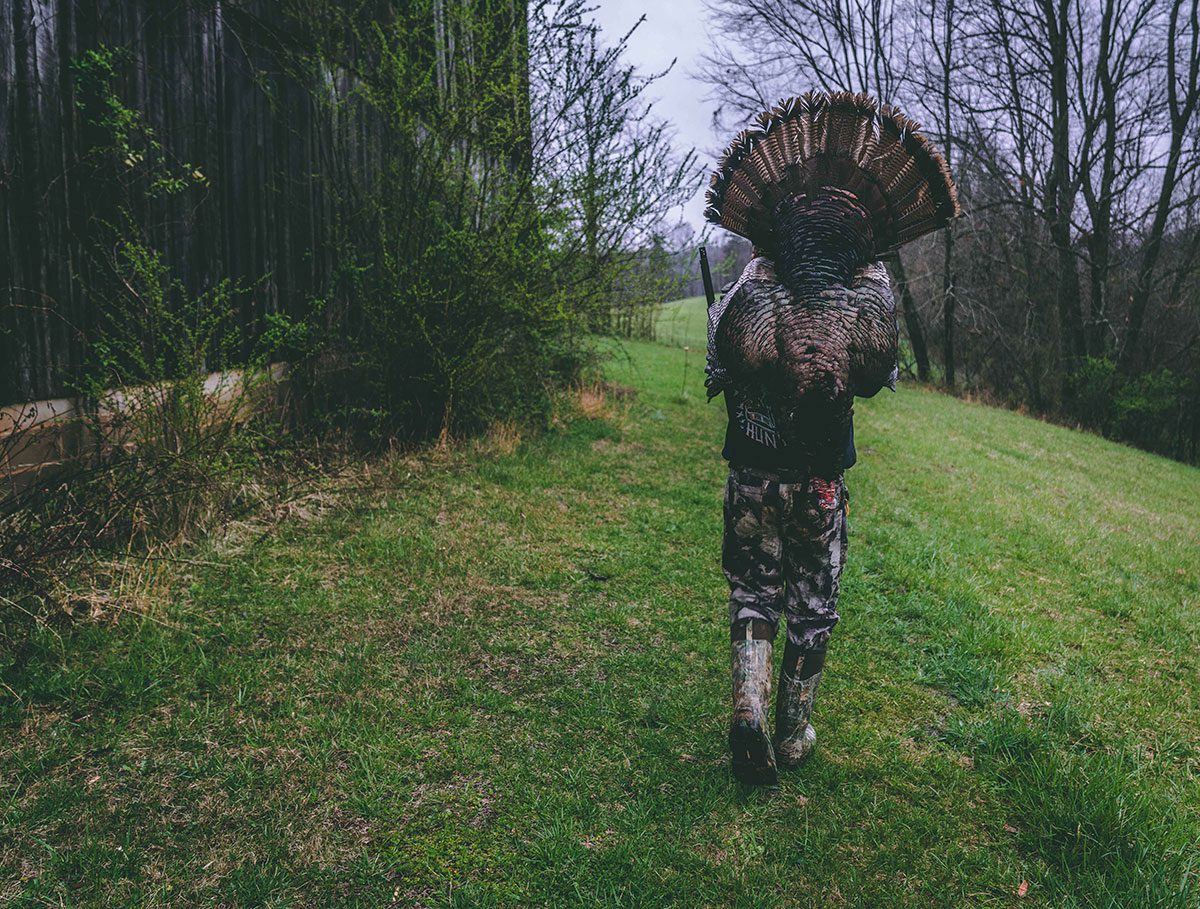
Credit- Working Class Hunter
The Cutter
Cutter calls like Esh custom calls Touch Point or React calls can be one of the most difficult calls to master. They are also the loudest and most raspy of all the calls on this list. The unique reed cut on this type of call is what makes it a more challenging call to master. It is a great call to use when hunting open country or trying to locate a tom. The reason being is that it requires the most air movement to operate making it the loudest of the calls. Besides yelps and clucks the cutter call is also a great call to use for gobbling. Once mastered it will be your go to call especially if your more of a run and gun type hunter.
Turkey mouth calls can come in many different reed counts and cut combos. This can make them a bit overwhelming to someone that has never tried one before. Don’t let that scare you away though. Mouth calls are the cheapest of all the calls you can get in the pursuit for a nice tom. For this reason, I recommend picking up a few different calls to try or look for a 3 pack. Many companies offer packs like these, and you can usually save a few bucks when buying this way as opposed to buying each call individually. When shopping for calls find companies that make quality calls like the companies mentioned above. I have tried several different types of calls over the years and I have found that if you spend a few extra dollars on a mouth call not only do they sound better but they also seem to be easier to learn and last a lot longer. I credit this to the high standards these companies use when producing their calls. Most of them also have dedicated calls just for beginners and even younger people.
Credit Esh Custom Calls
Per our affiliate disclosure, we may earn revenue from the products available on this page. To learn more about how we test gear, click here.



